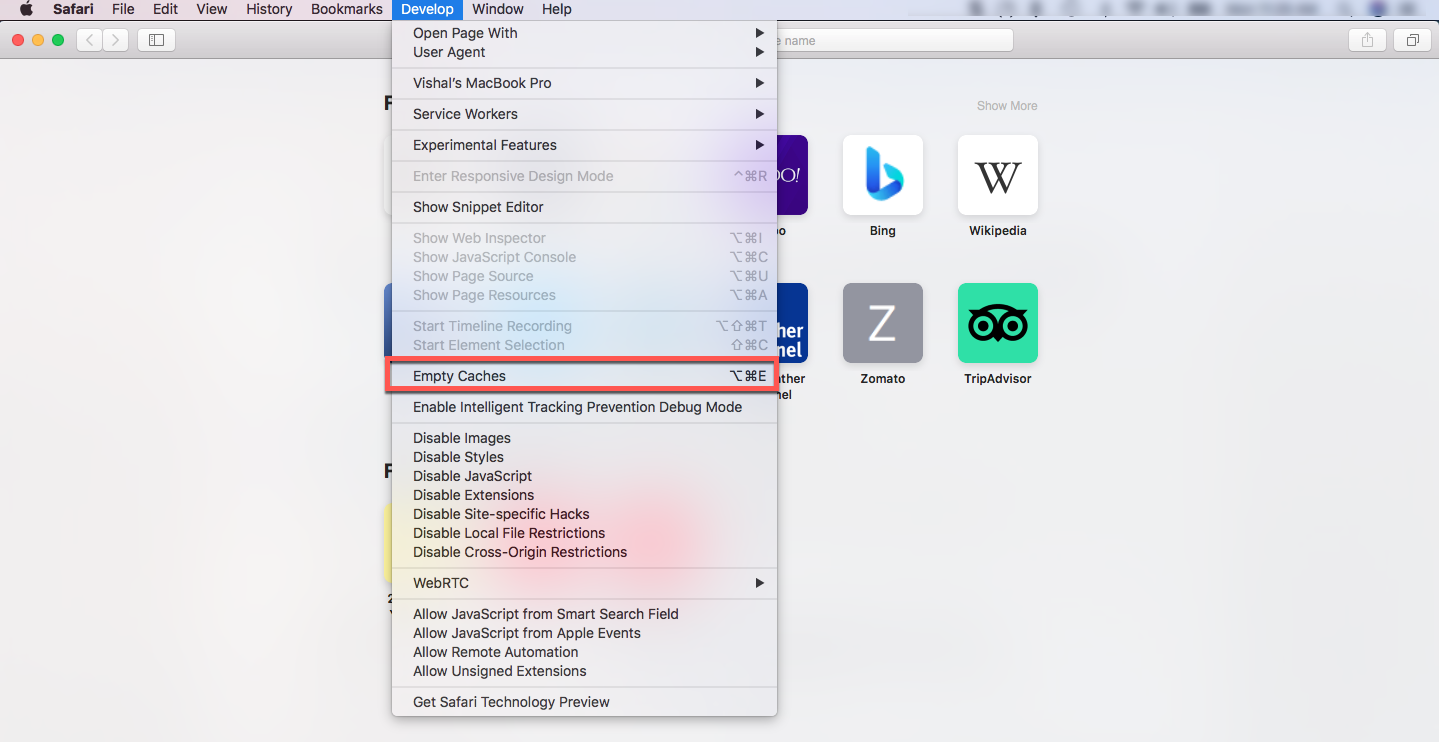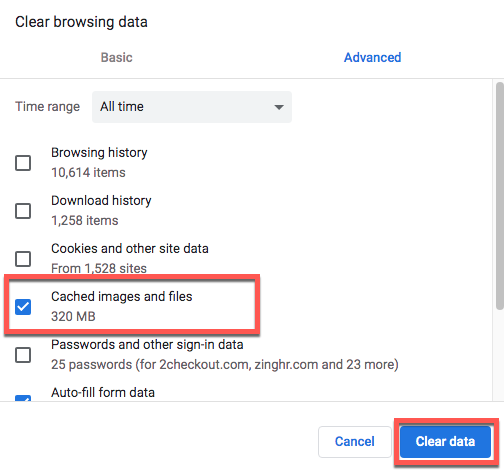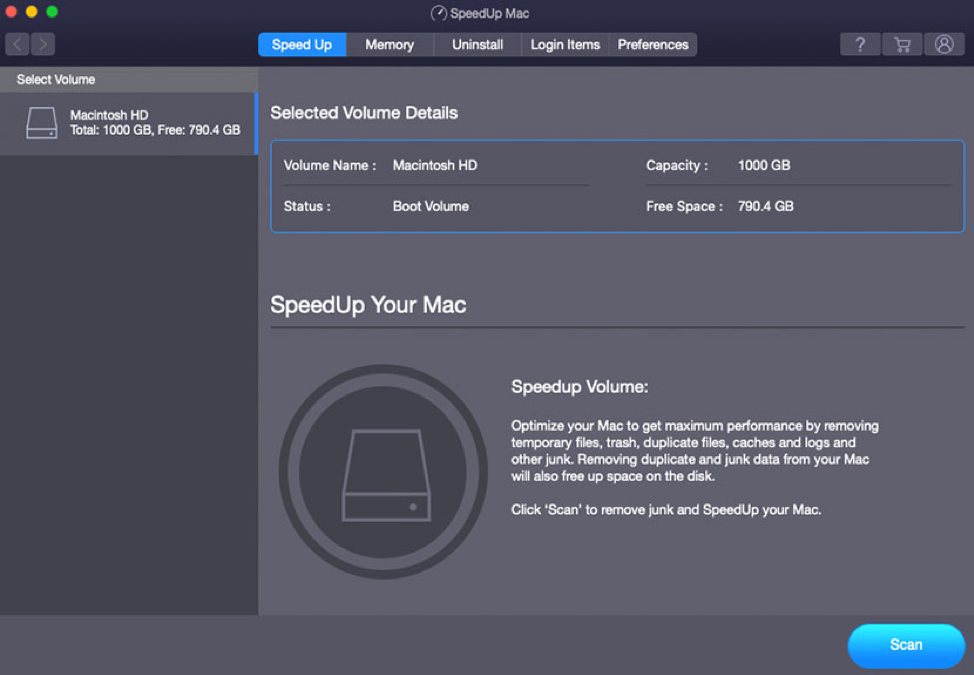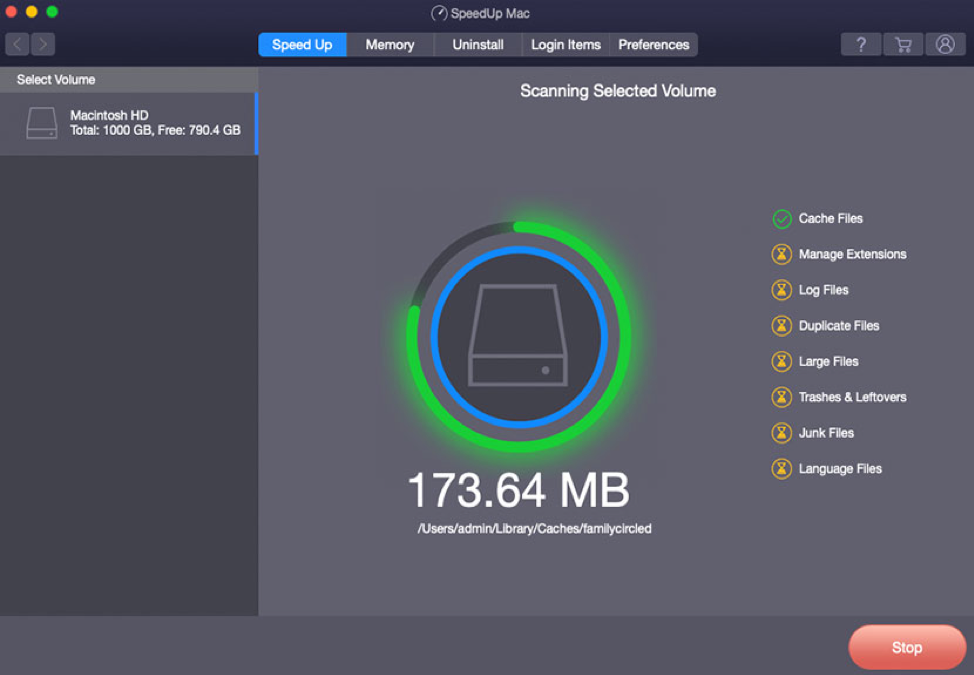What are Caches?
Caches are temporary files stored on your iMac or MacBook storage drive that decrease the future load time of your system, applications, and websites. Caches are of three types.
Types of Caches
- System Cache- Stored by macOS to make the Mac perform better
- Application Cache- Stored by Mac applications to make them load faster
- Browser Cache- Stored by a web browser to load visited websites quickly
What does clearing caches on Mac do?
When you clear caches on your Mac, you:
- 删除inessential cached files
- Free up Mac storage space
- Remove sensitive data stored by apps or websites
- 解决的各种问题y application
Should I clear caches on Mac?
As caches help decrease the load time, we should not think of deleting them, isn’t it? Yes, that’s why you should delete only old and unneeded caches.
Also, caches take up your storage drive space, and they need more space with time. If you’ve never cleared caches, your Mac drive would be filled with gigabytes of unnecessary caches. What if you useMacBookAirorMacBookProwith128GBor256GBofSSDstorage space where you need a lot of free space? In such a case, caches waste your valuable SSD space, eventually degrade the SSD, and reduce thespeed of your Mac.
So, it is advisable to remove inessential caches (such asbrowser caches, old system caches, and idle application caches) from your Mac regularly—a clean Mac is a quicker Mac. Also, you need to clear system or application caches when troubleshooting problems or when the storage drive free space is critically low.
Is it safe to clear caches on a Mac?
Yes, it is safe to clear Safari browser caches on your Mac. But, before clearing system or application caches, it is recommended toback up your Macbefore you proceed. To make sure you remove only the inessential caches, you should use clean-up software to be on the safer side.
How to Clear Caches on Mac?
The different methods of clearing caches are shared hereunder:
1. Clear Browser Caches on Safari
You can remove Safari browser caches on Mac by following the steps shared next:
Clear Safari Caches:
a) LaunchSafariand go toSafari>Preferences.
b) UnderAdvancedsettings, select the “Show the Develop menu bar” checkbox.
c) ClickDevelopmenu from the menu bar and selectEmpty cachesto clear caches.
d) Alternatively, use the keyboard shortcutCommand+Option+Eto remove caches.

Clear Chrome Caches:
a) LaunchChrome. From the top-right corner, click thethree dots(…) and selectSettings.
b) InSettings, selectPrivacy and securityfrom the left and selectClear browsing data.
c) Under the Time range, select “All time” to specify how far back you want to clear caches.
d) Make sure you select the “Cached images and files” checkbox and clickClear data.

e) Alternatively, use the keyboard shortcutCommand+Shift+删除to clear Chrome caches.

f) Or else, you can useIncognito modein Chrome to avoid the building of caches.
Clear Firefox Caches:
a) Launch Firefox. From the top Menu bar, go toHistory>Clear Recent History.
b) Under the time range to clear your cache, select “一切”.
c) Make sure you select the “cache” checkbox and clickOKto clear Firefox caches.
d) Or else, use the hotkeyCommand+Shift+删除to access theClear All Historymenu.
2. Clear System & Application Caches
To access and remove system and application caches on Mac, perform the following steps:
a) OpenFinder, and from the Menu bar, navigate toGo>Go to Folder.
b) To access system caches, type~/Library/Caches/on the message box, and clickGo.

c) To access application caches, type/Users/UserName/Library/Cachesand clickGo. Here, replace UserName with your name as used during setup.
d) From the required caches folder, open each folder inside it to access cache files.
e) Now drag and drop the unneeded cache files to Trash.
f) Empty Trash to free up storage drive space.
3. Clear Unneeded Caches Using SpeedUp Mac Software
The free Mac disk cleaner software,SpeedUp Machelps you clear caches on Mac safely and easily with a click of a button.
To clear caches using SpeedUp Mac, perform the following steps:
a) Install *SpeedUp Macsoftware on your MacBook Air/Pro, iMac, or Mac mini.

b) In macOS Mojave or later, give itfull disk access permissionto ensure it runs uninterruptedly.
c) Launch the software. Click the boot volume from the left pane, then clickScan.

d) After the scan, from the list of scanned files, select any essential files that you want to keep.

e) Click theCleanUp Nowbutton to start the clean-up task.
| *SpeedUp Mac is free for 30 days. When the trial period is about to finish, you need topurchasea 1-year subscription plan to avail the service without any restriction. |
The software also helps you remove junks, redundant data, widgets, large and old files, apps, leftovers from a Mac system, and extensions. Try cleaning your Mac with SpeedUp Mac software if you are running out of space on HDD, SSD, or external storage drive.
Conclusion
We hope the article helped you clear caches on your Mac easily. Now, you know, it is quite safe to clear your browser caches, but you need to be more cautious while deleting applications and system caches.SpeedUp Mac softwarecan help you locate and remove system, application, and browser caches on Mac. Also, you can schedule your scan so that you can focus on other important tasks, and leave the repetitive clean-up task to the software.





 Free for 30 Days
Free for 30 Days







